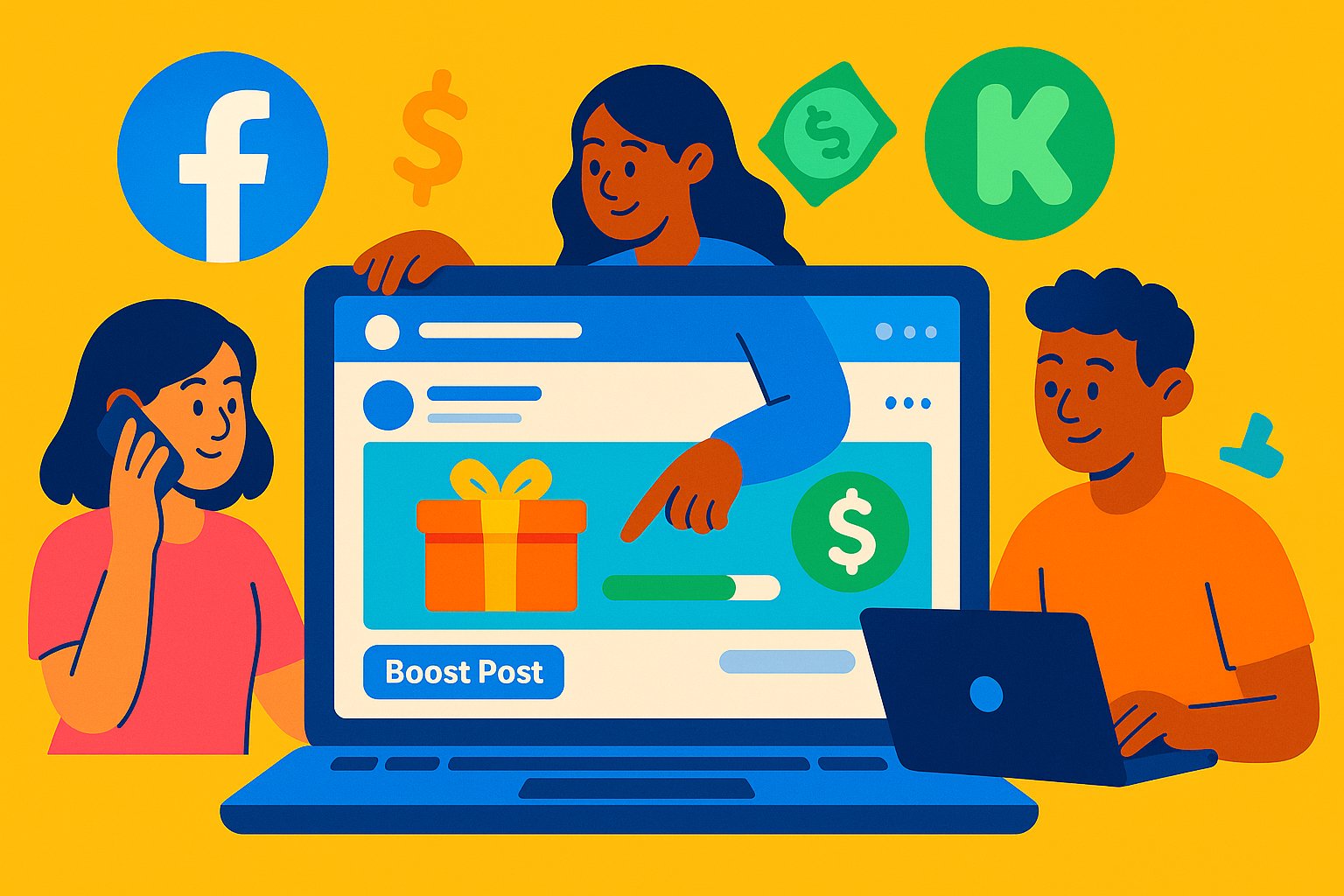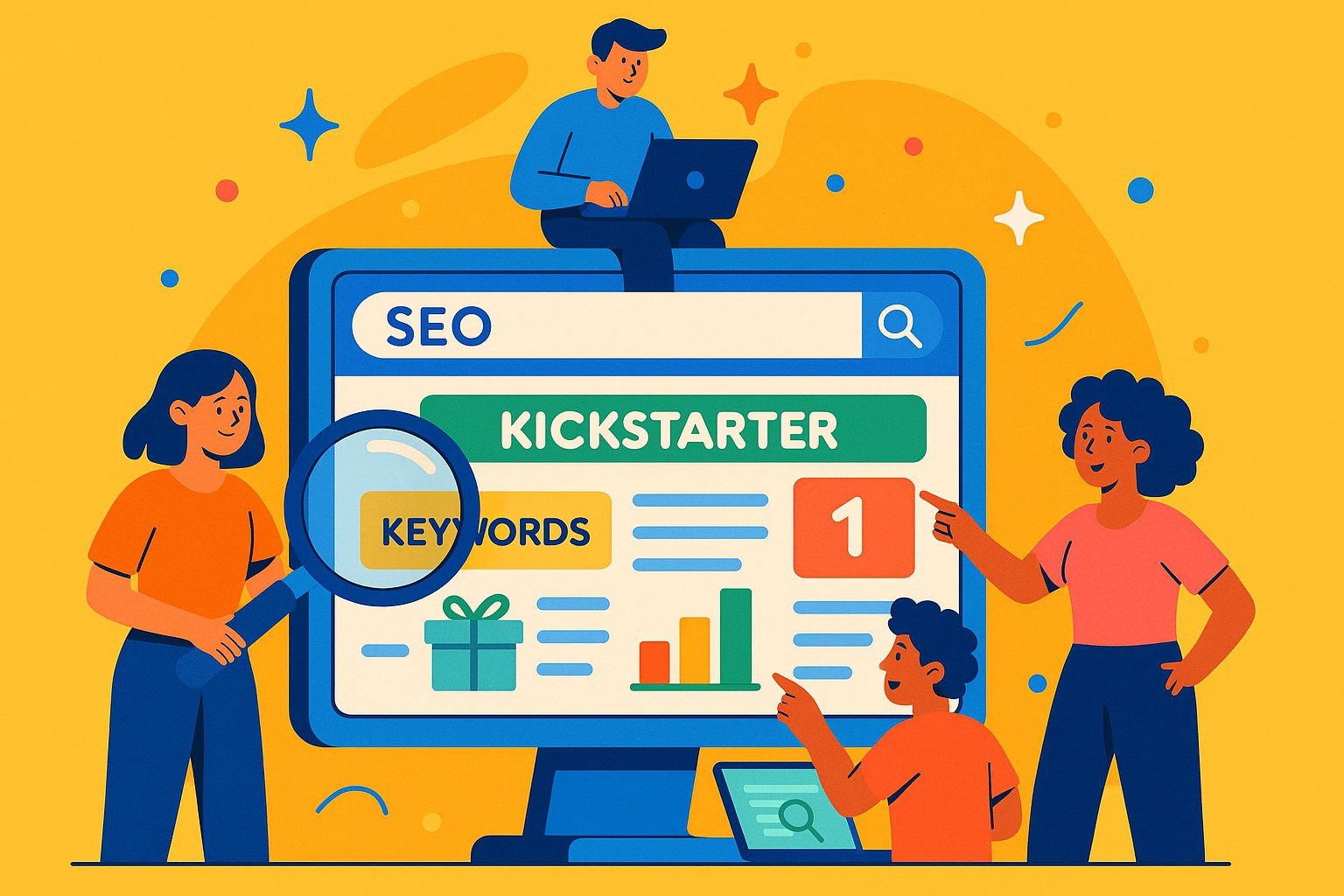Shaping Your Story: Crafting a Captivating Press Narrative
Every successful crowdfunding project begins with a story that resonates. Journalists and media outlets are inundated with pitches daily, so to stand out, you must distill your reward-based campaign into a narrative that captivates attention. Start by identifying the core emotion or mission driving your project—is it a community-driven board game that brings families together, an eco-friendly gadget challenging the status quo, or an artistic endeavor that redefines creative expression? Once you uncover that thread, weave it into a concise, compelling narrative. Lead with a hook that underscores the problem you’re solving or the inspiration behind the project. When press readers can visualize how your offering improves lives or sparks innovation, they become invested in telling that story.
Beyond the emotional core, ground your press narrative in concrete details. Quantify the impact—how many potential lives could this product affect, or what measurable environmental benefit might it yield? Quantitative anchors lend credibility and provide reporters with easy soundbites. Combine data points with vivid imagery: describe the moment you realized the hands-on prototype finally worked or paint a picture of the first test audience’s reaction. By melding emotive storytelling with factual substance, you give journalists both a human angle and a foundation for further exploration. This press narrative becomes the backbone for every pitch, press release, and interview opportunity that follows.
Reaching Out: Strategic Media Outreach and Press Releases
Once your press narrative is dialed in, the next step is to connect with the right media outlets. A strategic media outreach plan begins with research—identify publications, blogs, and trade websites that align with your project’s niche and audience. For a tech-focused crowdfunding gadget, target innovation and gadget review sites. For a creative art project, seek out arts & culture magazines or local community publications. Assemble a media list with key contacts: editors, journalists, and bloggers who have covered similar stories. Personalize each email pitch by referencing their previous work and explaining why your campaign is relevant to their readership. A generic “Dear Editor” approach is a surefire way to land in the spam folder.
Alongside personalized outreach, craft a clear, newsworthy press release. Your headline should encapsulate the most compelling angle—perhaps a breakthrough feature, a unique partnership, or a social cause at the heart of your campaign. The opening paragraph must answer the who, what, when, where, and why within the first two sentences. Follow with supporting details: project specifications, team credentials, campaign launch date, and any early endorsements or prototypes. Include high-resolution images or a short explainer video link to give editors multimedia assets. Finally, end with contact information and a call-to-action, inviting editors to schedule interviews or request review units. Distribute this press release through targeted PR distribution services while simultaneously sending personalized versions to your curated media list. Timing is essential: aim to release your announcement about two to three weeks before the crowdfunding launch, giving journalists adequate time to plan features.
Influencer Alliances: Partnering with Niche Bloggers and Thought Leaders
In today’s media ecosystem, authentic voices can sway public opinion more effectively than traditional outlets alone. Niche bloggers and micro-influencers hold sway over highly engaged communities that trust their recommendations. To tap into this dynamic, identify influencers whose audience intersects with your campaign’s demographic. If you’re launching a sustainable fashion line on Kickstarter, collaborate with eco-lifestyle bloggers who emphasize ethical production. For a cutting-edge gaming accessory, connect with YouTubers or Twitch streamers known for gadget reviews. Send them early prototypes or exclusive previews, allowing them to experience the innovation firsthand. When influencers share sincere, unfiltered testimonials—complete with demonstration videos, unboxing clips, or in-depth write-ups—their followers take notice.
However, influencer relationships must be cultivated thoughtfully. Rather than simply offering compensation, emphasize a shared vision. Invite influencers to co-create content: host a joint livestream where you answer viewer questions about the campaign, or ask them to film a behind-the-scenes “day in the life” piece showcasing how you developed the product. By co-authoring the narrative, influencers feel invested in the project’s success, often going above and beyond to produce authentic content. Leverage each collaboration as part of a staggered rollout: an initial teaser video from a prominent creator two weeks before launch, followed by detailed reviews from niche bloggers the week prior. This layered approach sustains momentum, ensuring your campaign remains on audiences’ radar from teaser all the way to closing day.
Live and Virtual: Pre-Launch Media Experiences
Static messaging only gets you so far—pre-launch media events, both live and virtual, underscore your credibility and generate excitement among reporters and potential backers alike. Host a small-scale media preview event if budgets allow. Invite local journalists, bloggers, and influencers to an exclusive hands-on demonstration of your reward tiers and prototypes. Provide each attendee with a well-prepared media kit: printed fact sheets, high-resolution photos, and sample copies of press releases. Offer guided tours of your workspace or production facility to showcase transparency and build trust. Encourage attendees to ask questions, snapping photos and recording short videos to share with their audiences in real time.
If a physical event isn’t feasible, organize a virtual press tour. Schedule live video sessions on platforms like Zoom or StreamYard where you demonstrate your prototype, introduce your team, and answer real-time questions. Prior to the event, distribute digital swag—a beautifully designed PDF media packet with background information, a sample campaign page, and visual mockups. Amplify the virtual event by streaming highlights on social media channels, tagging participating media outlets and influencers to maximize reach. Whether live or online, these pre-launch experiences provide journalists with the material they need to craft immersive stories and equip influencers with engaging content that humanizes your crowdfunding project.
Endorsement Engines: Generating Early Social Proof
Keen backers look for validation before committing their money to a crowdfunding project. Early endorsements—from respected experts, industry thought leaders, or community figures—lend critical social proof that can tip hesitant supporters into decisive action. Begin by reaching out to relevant associations, non-profits, or professional bodies who align with your project’s mission. For example, a health-tech startup might seek validation from leading medical practitioners or patient advocacy groups. Offer them an exclusive first look, and request a concise testimonial highlighting why your project matters. These endorsements can be featured prominently on your campaign page and woven into subsequent press releases.
Another avenue for social proof comes from pilot users or beta testers. If your reward-based project involves a physical product, assemble a small group of early testers drawn from your local network. Collect their candid feedback and permission to quote their satisfaction—perhaps a fitness coach praising your wearable tech’s accuracy or a teacher applauding your educational toy’s engagement. When you incorporate these testimonials into your PR materials, journalists see concrete evidence of market interest. Additionally, embed quotes from satisfied testers in influencer campaigns or social media posts to reinforce credibility during the critical first weeks of your crowdfunding drive.
Visual Vibrance: Multimedia Content for Maximum Impact
Words alone rarely capture the imagination; multimedia assets transform abstract concepts into tangible experiences. High-quality images and videos are the lifeblood of any PR campaign, especially for reward-based crowdfunding projects. When pitching to reporters, include a media kit packed with professionally shot photographs of your prototype in action—clearly showcasing its features, materials, and unique design. For a gadget-focused campaign, record a concise demo video that highlights the device’s functionality, close-ups on key components, and a narration that explains its benefits. If possible, include behind-the-scenes footage illustrating your team’s passion—the brainstorming sessions, production runs, or late-night prototyping labs. These visual cues breathe life into your press narrative.
Consider creating a short animated explainer video that distills complex technical details into digestible chunks. Animations can illustrate how a product functions in everyday scenarios, making it easier for journalists and viewers to grasp value quickly. Complement videos with infographics that map out your project timeline, reward tiers, and stretch goals; this gives reporters convenient visuals to incorporate into their articles. Host all multimedia assets on a dedicated press page—an easily shareable URL where journalists can download everything they need. By providing ready-to-use, visually engaging materials, you reduce barriers for media coverage and increase the chances of receiving features that excite readers and drive campaign traffic.
Measuring Impact: Tracking Coverage and Iterating Strategies
Even the most meticulously planned PR campaign requires ongoing evaluation. From the moment you distribute your first press release, monitor media coverage to assess which outlets and journalists resonate most with your message. Use media monitoring tools or Google Alerts to track mentions of your project name, key team members, and relevant industry keywords. When a news article or blog post goes live, record its publication date, reach (circulation or traffic estimates), and audience demographics. Comparing these data points helps you identify high-value publications—perhaps a niche gaming site drove a surge of pledges, while a larger general news outlet offered broader exposure but fewer conversions. By understanding the ROI of each media mention, you can reallocate resources to the most effective channels.
Simultaneously, gather feedback from the journalists who covered your story. Send thank-you emails, inquire about reader responses, and ask if they need additional materials or clarifications. Their insights can uncover angles you might not have considered—whether your story could be reframed for a different vertical or if a particular aspect of your campaign resonates more strongly with local audiences. Use these learnings to iterate on subsequent press releases, influencer collaborations, and media events. A data-driven PR approach ensures that each tactic becomes more honed, aligned with both audience interests and project objectives. This cycle of measurement, feedback, and adaptation fuels sustained momentum throughout your crowdfunding timeline.
Beyond the Spotlight: Sustaining Your PR Momentum Post-Launch
While pre-launch PR tactics lay the groundwork, your efforts must continue throughout and beyond the crowdfunding period to maximize impact. Once the campaign is live, issue periodic updates to media contacts highlighting milestones—stretch goals achieved, new reward tiers unlocked, or unexpected endorsements from high-profile backers. Maintain a rolling press release schedule so that each major development becomes a fresh news hook. For instance, if you collaborate with a celebrity ambassador mid-campaign, craft a compelling narrative around that partnership and distribute it to lifestyle and entertainment outlets.
Encourage backers to share their own experiences on social media using a branded hashtag, and spotlight the most engaging user-generated content on your official channels. This fosters a sense of community and provides additional material for follow-up pitches. As the campaign draws to a close, create a finale press release celebrating the project’s success, thanking supporters, and previewing next steps—production timelines, shipping schedules, and future product lines. By maintaining consistent communication with the press, influencers, and backers, you cultivate long-term relationships that extend beyond a single project. Ultimately, these ongoing PR efforts lay the foundation for future crowdfunding endeavors and help position your brand as a credible, trustworthy innovator in your field.




